Why I’m Trying Native Landscaping and So Should You!
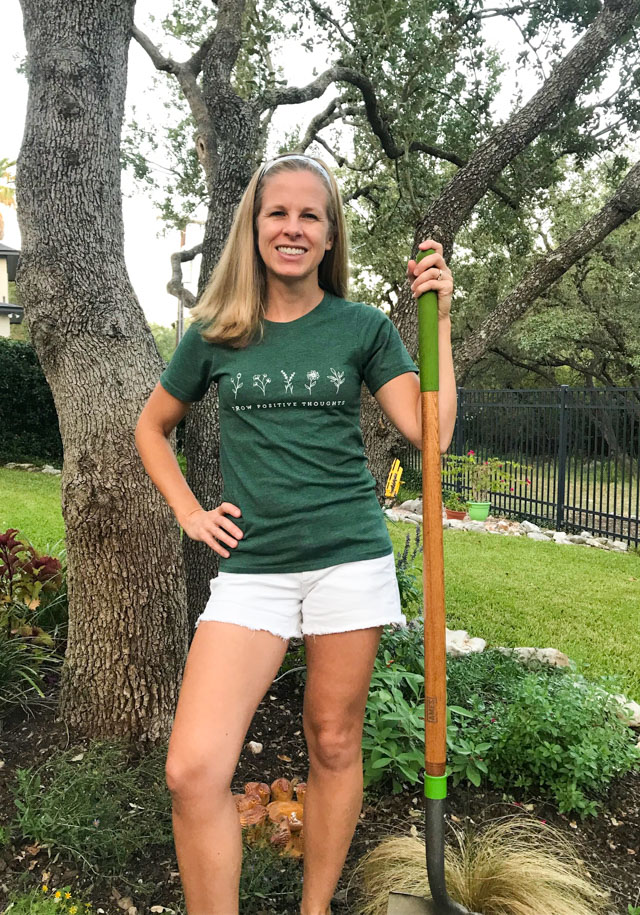
Why I’m Trying Native Landscaping
I’ve completely changed the way I think about the plants in my yard after learning about native landscaping. It is a concept I hadn’t heard of until recently, and now I’m hooked! I’m on a mission to spread the word to everyone I know. I hope you find this post interesting and insightful. Leave me a note below and let me know if you have questions!
I’ve always loved gardening – especially growing flowering plants. However, I’d never given much thought to the plants I chose for my garden beyond whether I liked the way they looked and whether I thought I could keep them alive! Little did I know I was missing a huge opportunity to help protect our local ecosystem. Through my Master Naturalist program I started learning about the concept of native plants and the critical role they play in sustaining pollinators, insects, birds and other wildlife. The mix of plants you choose for your yard can determine whether you create a mini wildlife oasis or an ecological wasteland with few insects, pollinators, or birds to be found.
What Are Native Plants?
Native plants are plants that have evolved in your local area. They’ve been there for thousands of years. Non-native, or exotic, plants have been imported by humans from other parts of the world. You would assume that most of the plants you see in nature are native to your area, but that is often not the case. It is especially true when it comes to our own yards.
Did you know that the vast majority of our yards and landscaped areas are filled with non-native plants from as far away as Asia and Africa?
This includes everything from the turf grass, to the shrubs, to the trees, to our beloved flowers. Why should we care? Read on for the reason – it is truly mind-blowing and we each have the ability to do something about it.
Why are Native Plants Important for Wildlife?
It turns out that a yard filled with non-native turf grass and exotic plants is somewhat of a “food desert” for insects and birds.
90% of insects can only eat the plants that they have coevolved with.
This fact was mind-blowing to me, but it makes a lot of sense. Insects need to be able to break down and digest the chemical compounds in plants. They don’t recognize many of the exotic plants as food sources, and if they do try to eat them they can often be toxic. In addition, many species of our beloved butterflies only lay eggs on a specific host plant (like monarchs and milkweed). They will not lay their eggs on exotic plants.
If there are fewer plants for insects to eat in your yard, there will be fewer insects, and therefore fewer birds because they rely on insects (especially juicy caterpillars) to eat and feed their young. In fact, North American bird populations have declined by 29% since 1970. Much of that is due to habitat loss – land being converted into urban areas and suburban yards filled with non-native plants.
How Does Native Landscaping Improve Your Yard?
For most of us, our grassy lawns take up the majority of our yard space, requiring lots of watering and mowing without providing much in return. We’ve just come to expect that a yard = grass.
Adding native plants to your landscaping has a direct benefit on local wildlife.
But we have opportunities in each of our yards to make it a haven for pollinators, birds and other creatures by adding more native plants. In addition to supporting more wildlife, native plants tend to require less maintenance and watering than exotic plants once established. Every single one of us that has a patch of yard, or even a few potted plants on an apartment balcony, can make a meaningful difference in helping the environment. Imagine if we all took these steps, what a HUGE impact it could make on wildlife populations and diversity.
Here is a shocking example about my own yard that I recently learned.
The area around San Antonio, Texas where I live is known for the beautiful Live Oak trees. I’m lucky enough to have several of them in our yard. It turns out that oak trees support 534 different species of wildlife. They are larval host plants to butterflies and moths, and their acorns feed birds and small mammals. In comparison, the exotic nandina shrubs (native to East Asia) that I had under our oak trees support ZERO local wildlife species. Even more, their berries contain cyanide and are toxic to birds when eaten in large quantities (and pets too).
How ironic is it that I had these nandina plants surrounding my bird bath for years without realizing that they are harmful to our local birds! As a bird lover, I couldn’t let that go on. I had the nandina bushes pulled a couple months ago and have started a native plant garden in their place.
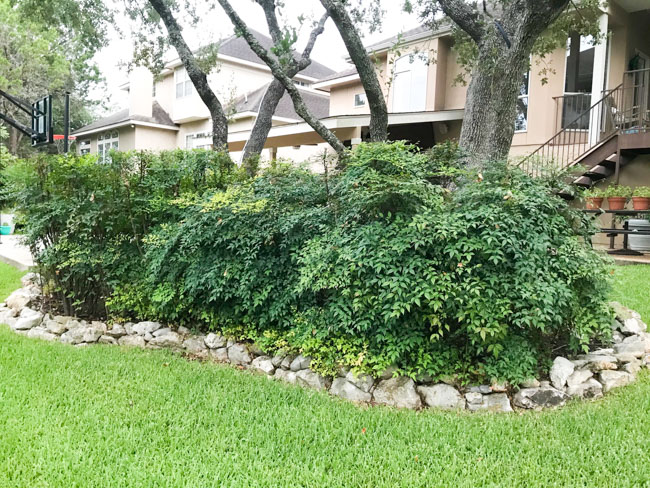
Below is a sneak peek of that landscaped area with the nandina removed. I am slowly adding a variety of native and pollinator loving plants in hopes of creating my own wildlife oasis! By swapping out a couple exotic plants for natives in your own yard, you can have a measurable impact on the amount of insects and birds that frequent your yard. If your neighbor down the street also adds native plants, pretty soon you are creating a string of “habitat islands”, allowing insects and birds to travel from yard to yard habitats with ample food sources.
Where Do I Find Native Plants in My Area?
Good news, there are a ton of cool native plants to pick from. Bad news, very few of the big box store nurseries (Lowes, Home Depot, etc.) sell them. Here is what I would recommend doing if you are interested in landscaping with native plants:
1. Enter your zip code into this native plant finder
The National Wildlife Federation has an awesome Native Plant Finder Tool. Just entire your zip code and it will provide you with a list of native flowers, grasses, trees and shrubs for your area. Even better, the list is ranked with the plants that support the most butterfly and moth species at the top. If you add even one of those native plants in your garden, you are already winning! You can also google your state + “native plants” and you’ll come up with tons of results.
2. Identify native plant nurseries in your area
There is a likely a local nursery in your area that specializes in native plants, or at a minimum, carries some varieties. I would Google “native plant nursery near me” and see what you come up with. Your local native plant society may also have a list of local nurseries that sell native plants. Here is a list of nurseries around the San Antonio area. My favorite for natives is Rainbow Gardens.
Want to learn more about gardening with native plants?
Check out my new website – Native Backyards!

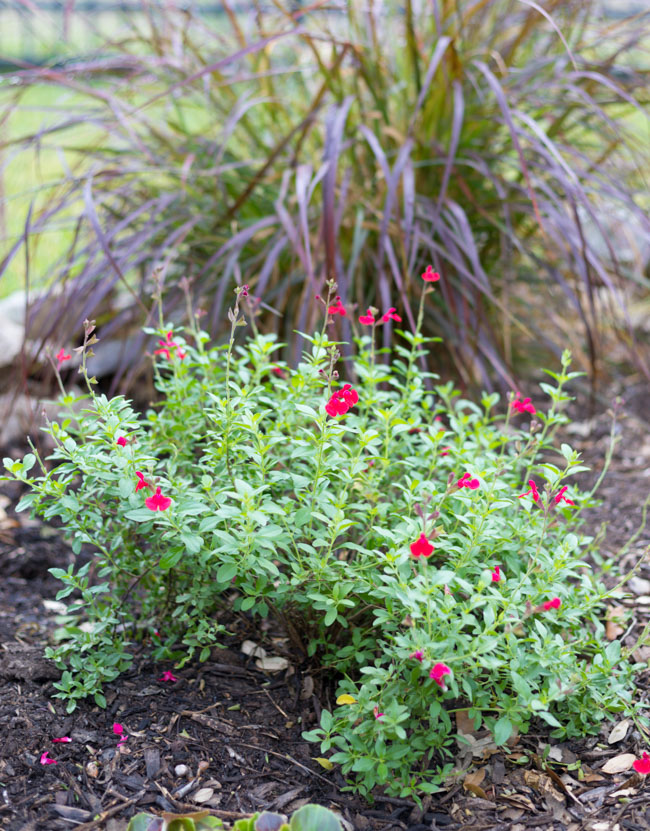
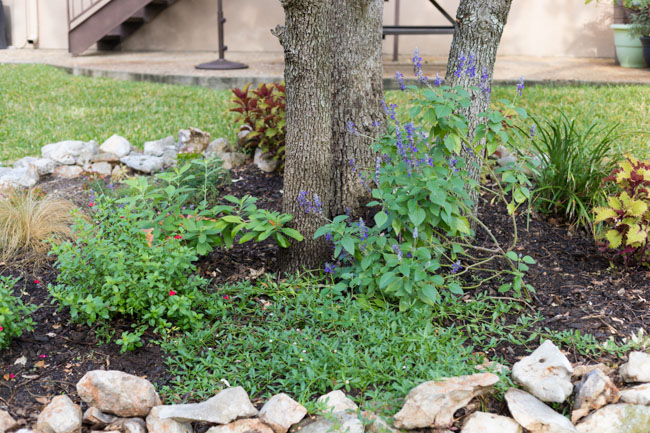
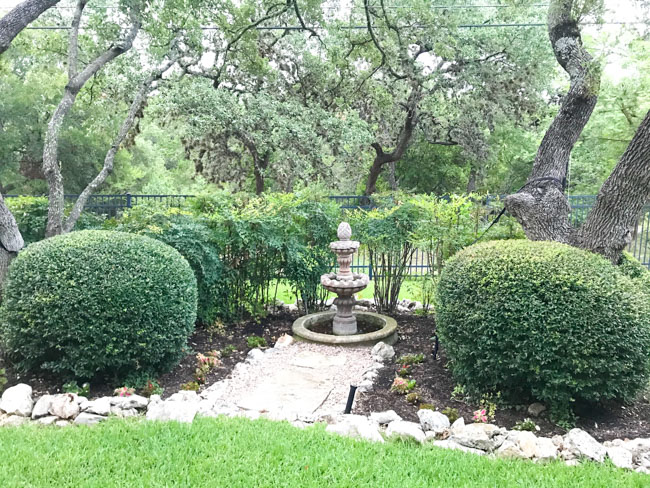
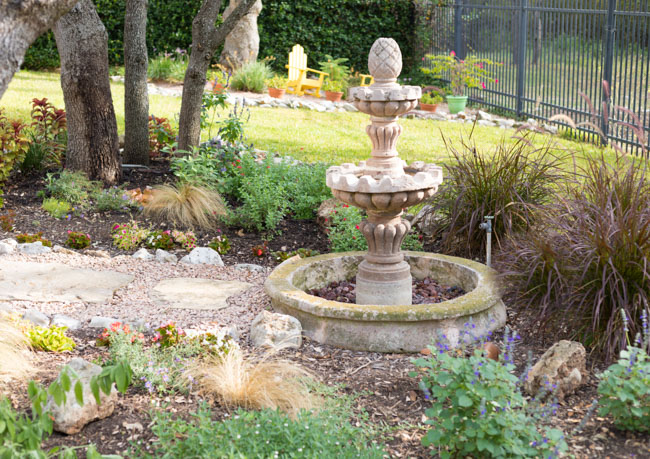


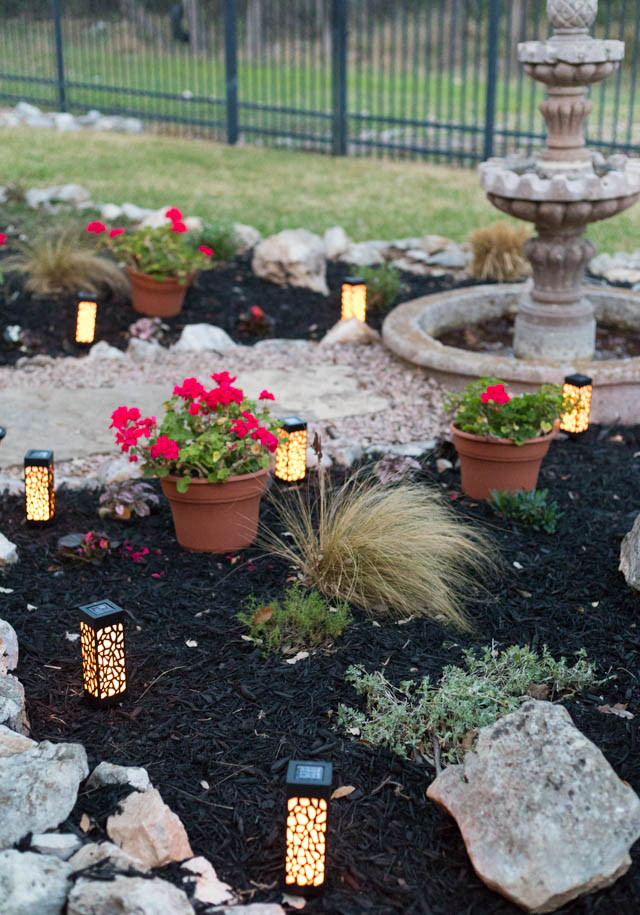
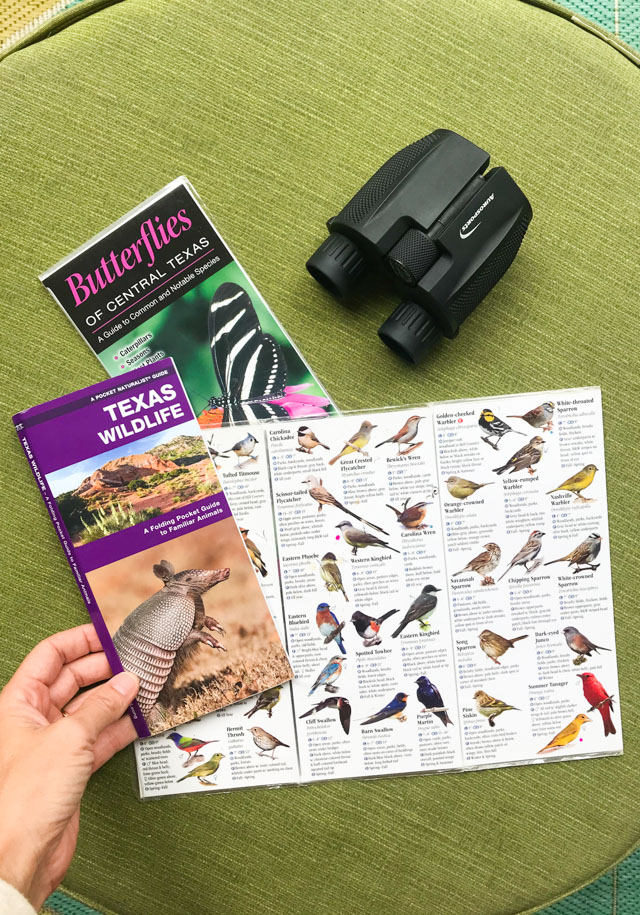
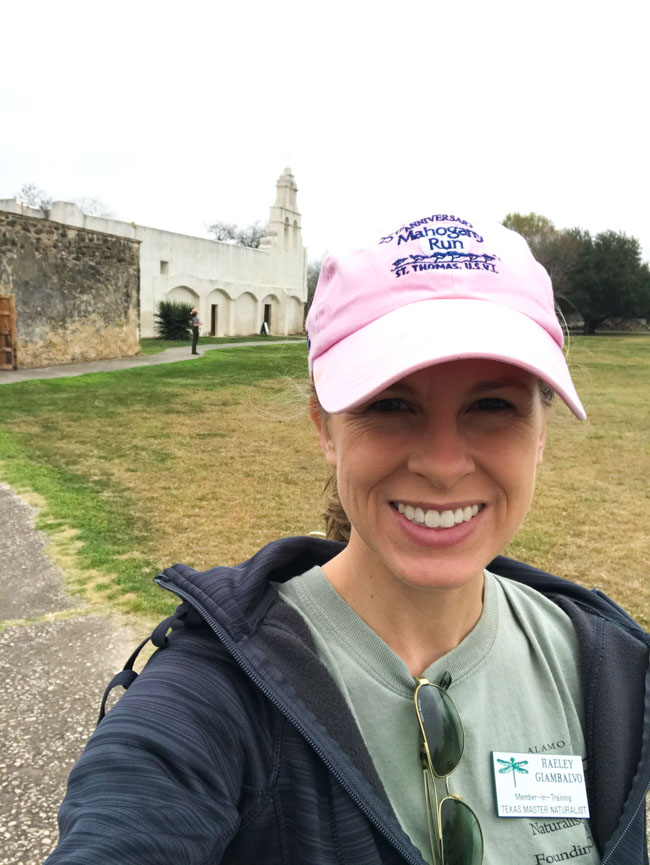
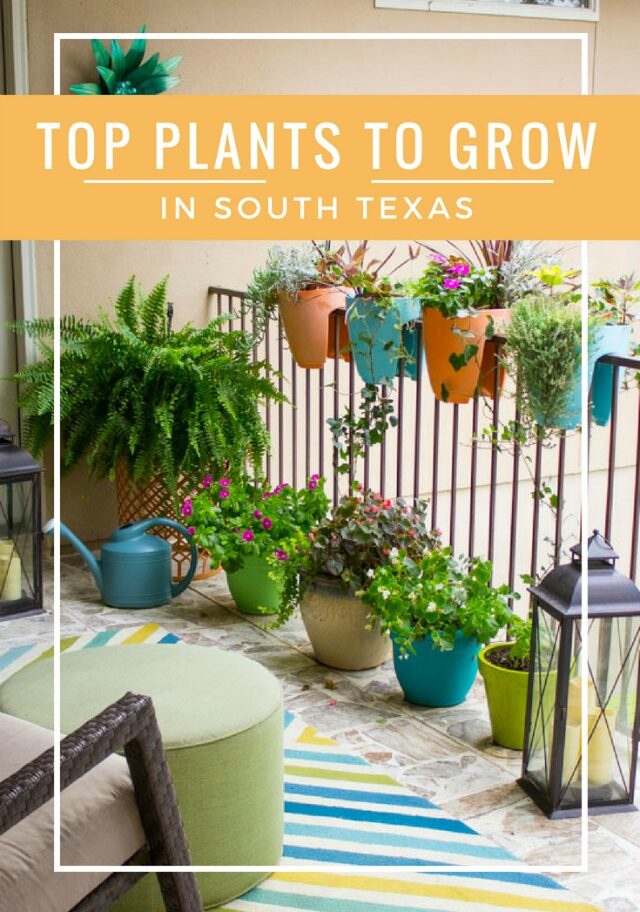
Love this post friend! As a landscape architect, I have always thought it was so important to be using native plants in our yards. I do enjoy non-native annuals in pots around the patio… but otherwise natives are the way to go!
Amy I totally need to talk plants with you sometime! I feel like a whole new world has opened up to me this past year through my Master Naturalist program, and I’m totally hooked! I love that we can make a meaningful difference in helping our planet from our own yards. It gives me hope. 🙂
Nice to meet you today at the PHP Master Naturalist Demonstration Garden. When we first came to San Antonio 3 years ago, we decided to landscape our backyard with rocks and native plants. Although beautiful, all of the plants that we chose are painfully sharp. So now I am looking for at least one softer plant, like Mexican feather grass maybe. Here are some photos of the plants that are currently in my backyard: https://storieswithnobooks.com/2017/07/29/hot-texas-summer-sun/
Hi Mary! Thanks so much for checking out my site! It was great to meet you too and I look forward to reading your blog. I like the photos of your yard. I love grasses and have a couple Mexican Feather grasses and purple fountain grass in my yard too. I think that the gulf muhly grass (a Texas native!) would look great in your yard. It turns a pretty soft feathery purple in the fall.
I stumbled upon your blog while researching native plants, and I realized you and I met last year during the Lights Out, San Antonio surveys! I also think we were in the same TMN cohort. I’ve relocated to Las Vegas, and I am having fun using the knowledge I learned from my master naturalist training to transform my urban backyard into a bird and pollinator oasis.
Hi Angel, Yes I know you! We were both part of Class 45. 😊 I am sorry to hear you’re no longer part of our chapter, but that means you can now become a Nevada Master Naturalist too! 😊 Be sure to check out my new website on native plants if you haven’t already (NativeBackyards.com). Best of luck creating your urban wildlife habitat!